Inhuman: Haiku from the Zombie Apocalypse by Joshua Gage (Published by The Poet’s Haven – No. 18 in the Poet’s Haven Author Series).
OK, imagine yourself witnessing the dawn of a zombie apocalypse, then as the Living Dead begin to outnumber the Living Living and then as the surviving uninfected band together (or not, as the case may be). What kind of horrors would you see? Joshua Gage, a poet specializing in the short short forms, has plentiful suggestions as well as a few looks through the eyes of a zombie.
This slim volume is broken into four sections, or acts and really does tell a dramatic story. It contains only haiku, of which Gage is a master (not that I’m much of an expert but It Is Said). Gage edited the 2011 and 2012 Dwarf Stars Anthology produced by the Science Fiction Poetry Association and showcases the best poetry under 10 lines. I talked a little bit about haiku/scifaiku in my last post when I reviewed Cthulhu Haiku and Other Mythos Madness. To be honest, I was slightly distracted by all the poetry that was NOT haiku in that collection, but in this one there are no such distractions and you really get a sense of what haiku is and can do, even with the mono-theme of ZOMBIES.
The collection begins with “Genesis” where we briefly glimpse the precursors and tell-tales signs which lead us to the “Outbreak” in
Port-au-Prince
the red wood of the coffin
reflects the torchlight
***
headless cockerel
the broken glass cuts
the dancer’s lips
How does a zombie apocalypse begin? We aren’t told in so many words, but that it has begun is obvious:
open grave
themoonlight glistens
on coffin splinters
***
my heart pounding
the fresh dirt on the grave
begins to heave
As what’s happening becomes clear, panic ensues and we are treated to the observer/hunted’s horror from a plethora of angles:
autopsy lab
the twitch and squirm
of the body bag
***
windows nailed up
my father practices
loading his new rifle
***
roadside café
what’s left of the waitress
on the menu
***
funeral parlor
the drone of her mangled corpse
across the keys
The difference between “Outbreak” and “Invasion” is merely how close we are to or involved in the action but the tone is the same shade. At first, in “Outbreak” we are still removed from the actual presence of zombies but the evidence is everywhere. In “Invasion” contact is imminent, the zombies are right in front of us or we are being or have just been attacked:
rusted car wreck
the driver’s rotting arm
grabs my wrist
***
record skipping
festering bodies shuffle
across the dance floor
The last section, entitled “Survival”, is almost devoid of hope and just as horric as what has led us to this point:
fireflies
amongthe lantern flames
funeral procession
***
a box of diapers
the thief”s screams
silenced with a brick
I’m not much of a blood, guts and splatter kind of horror fan. But there’s a thrill I’m not immune to when it comes to the suspense (or the idea) of horrific things about to happen and I find the aftermath of horrific events equally fascinating. So naturally, I prefer the first two and the last section of this collection to “Invasion”, where the zombies in all their lurching, rotting glory are in your face. In my humble opinion “Outbreak” is particularly masterful, where the majority of the haiku pack a punch that raises hair or makes skin crawl. This is a volume to enjoy as a brief diversion on a stormy night and also to pull out each October in preparation for Hallowe’en.
* * *
The Edible Zoo (Sam’s Dot Publishing), by David C. Kopaska-Merkel is one I’ve been waiting to get my hands on for a while now. It was published in May 2012 so about a year ago. But I wanted this one in a dead tree copy. I really do prefer reading poetry on paper rather than my Kindle. The formatting often gets all screwed up on the e-reader, especially if what I’ve received is a PDF version. But I digress. I ordered this from David long before Christmas, but asked him to wait to send it while I figured to WHOM of my US-family I wanted him to send it. To make what’s turning into a long story not so long, after many stops and starts a visitor from the US finally delivered the slim volume to me last week (May 2013).
get my hands on for a while now. It was published in May 2012 so about a year ago. But I wanted this one in a dead tree copy. I really do prefer reading poetry on paper rather than my Kindle. The formatting often gets all screwed up on the e-reader, especially if what I’ve received is a PDF version. But I digress. I ordered this from David long before Christmas, but asked him to wait to send it while I figured to WHOM of my US-family I wanted him to send it. To make what’s turning into a long story not so long, after many stops and starts a visitor from the US finally delivered the slim volume to me last week (May 2013).
The poetry of David C. Kopaska-Merkel is becoming a regular feature on my blog. I suppose that’s because he is very active in the SF poetry community, he is the current SFPA president, and actively promotes his own work and his magazine. And I like it. Where there are so many people writing more fantastical and mythpunk poetry, Kopaska-Merkel is one who writes mostly real Science Fiction poetry. The volume I’m reviewing here is the exception. He is a geologist in real life, working for the State of Alabama describing rocks and he is the publisher of one of the oldest extant SF poetry magazines – Dreams & Nightmares, which is a slim volume, that you can subscribe to for $25/6 issues or $1 per PDF issue, which, if you ask me, is a great deal, and despite what I said about poetry in PDF format getting all wonky, this magazine somehow avoids that!
There are 16 poems and an illustration (by Valerie Bodell) for each poem. This collection has its origins in a single poem (“Monkey Stew”), which David wrote for his daughter when she was 2 years old – that was 27 years ago. His daughter and her cousins asked for more poems like that one and he obliged. The end result is a delightful little volume of funny, silly, ironic and, if you think about it too much, somewhat gruesome poems full of puns and plays on words. But you’re not meant to think about it too much – much like you’re not meant to gloss over what it was like for Little Red Riding Hood inside the wolf’s stomach for that brief period. In each poem Kopaska-Merkel describes how the animal might taste, what dishes it would go well in and how best to cook them, if you can manage. Despite the somewhat unconventional fare, the poet never fails to put a smile on faces – yours, for your adult sensibilities of the absurdity and the child’s for the silliness and the rhymes. The illustrations, actually by the author’s sister, Valerie Bodell, are perfectly matched to the poems and give the non-reading child something to relate to while the poem is being read aloud. Bodell did her recent Phd work on autobiographical comics/graphic novels and her artwork can be seen around East Tennessee where she lives and works.



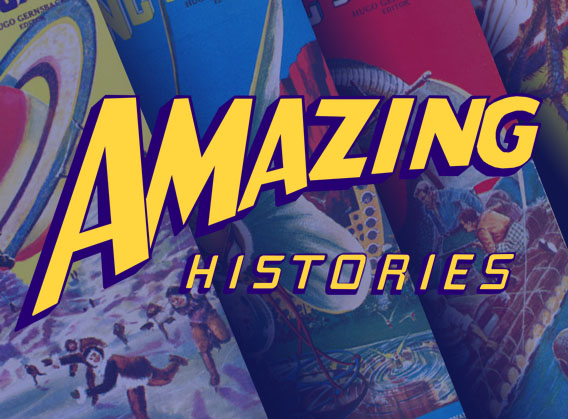
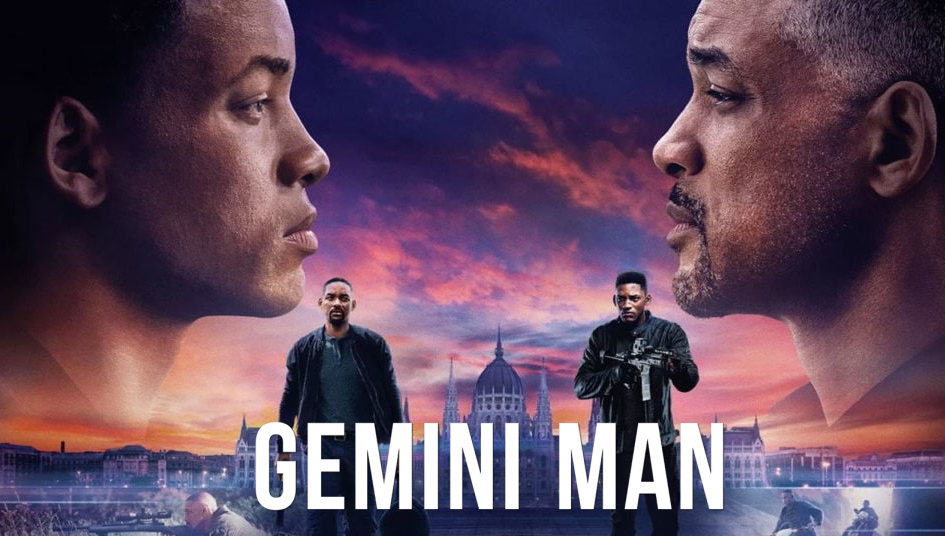
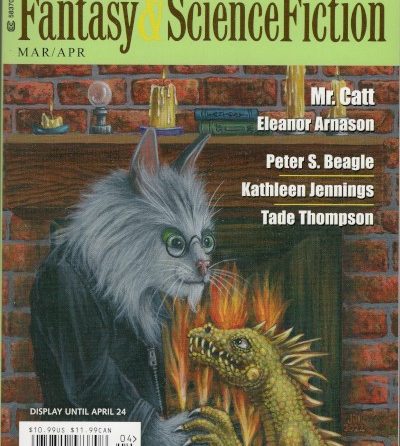

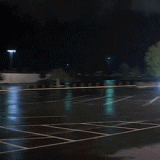

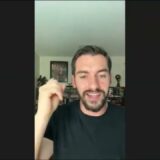
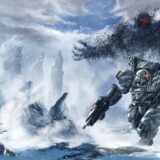
Recent Comments